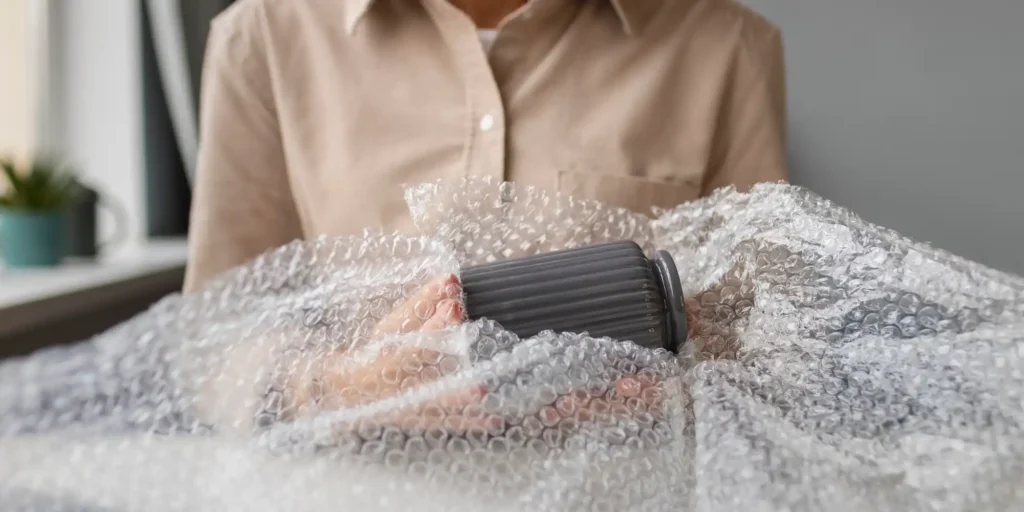Abstract
Ethylene-Vinyl Acetate (EVA) foam, a lightweight, highly elastic, and corrosion-resistant acoustic insulation material, is widely utilized in construction, industrial, and residential applications. This guide provides a comprehensive procurement framework for EVA foam panels, covering material properties, technical specifications, supplier selection, and cost analysis to facilitate informed purchasing decisions. Additionally, it includes a Frequently Asked Questions (FAQ) section for quick reference.
1. Defining Requirements: Application and Performance Criteria
- Acoustic Performance: Select panels based on Sound Transmission Class (STC) ratings, tailored to specific environments (e.g., residential, office, or studio settings).
- Environmental Adaptability: Consider humidity, temperature (e.g., outdoor or high-heat industrial use), and load-bearing capacity to determine waterproof, weather-resistant, or high-density variants.
- Dimensional Specifications: Measure installation areas to determine optimal panel thickness (5mm–30mm) and sizing (standard or custom-cut).
2. Material Specifications: Key Performance Indicators
- Density: Higher density (≥60kg/m³) enhances soundproofing and load-bearing capacity but increases cost.
- Closed-Cell Structure: A closed-cell rate (≥90%) ensures superior moisture resistance for humid environments.
- Compression Resilience: Low deformation rates (≤5%) prolong durability.
- Fire Resistance: Public buildings require B1-grade flame-retardant certification (per GB 8624 standards).
3. Supplier Evaluation: Credentials and Reputation
- Certifications: Request SGS environmental compliance reports and acoustic test results (e.g., ISO 10140).
- Project Portfolio: Prioritize manufacturers with experience in large-scale construction projects.
- Post-Sale Support: Verify offerings such as custom cutting, technical guidance, and return policies.
4. Cost Analysis: Balancing Quality and Budget
- Market Pricing: Standard EVA panels range from ¥20–50/m², while high-density fireproof variants cost ¥80–150/m².
- Bulk Discounts: Negotiate for orders exceeding 100m², but avoid suspiciously low-priced, substandard products.
- Ancillary Costs: Factor in logistics (reduced by EVA’s lightweight nature) and installation materials (adhesives, seam tapes).
5. Sample Testing: Performance Validation
- Conduct on-site acoustic tests (e.g., impact noise, vocal simulations).
- Inspect surface uniformity and edge finishing to prevent post-installation warping.
FAQ: Frequently Asked Questions
Q1: How does EVA foam differ from conventional foam boards?
A: EVA’s closed-cell structure offers superior waterproofing and pressure resistance, whereas materials like EPS foam absorb moisture, degrade, and provide inferior sound insulation.
Q2: How to select the appropriate panel thickness?
A: Opt for 10–20mm for general indoor use; low-frequency noise (e.g., machinery) requires ≥25mm, often supplemented with stud framing.
Q3: Are environmental certifications essential?
A: Absolutely. Substandard EVA may emit hazardous compounds (e.g., formamide). Always verify ROHS and REACH compliance.
Q4: How to assess a supplier’s product quality?
A: Demand third-party test reports for density, resilience, and STC ratings, and conduct factory inspections where feasible.
Q5: Can EVA panels be self-installed?
A: DIY installation is possible using polyurethane adhesives and expansion joints, but complex scenarios warrant professional assistance.
WELLE Trade has over 20 years of experience in the production and processing of PE/EVA/TPE foams, so you may want to consult with them if you have any sourcing needs.




